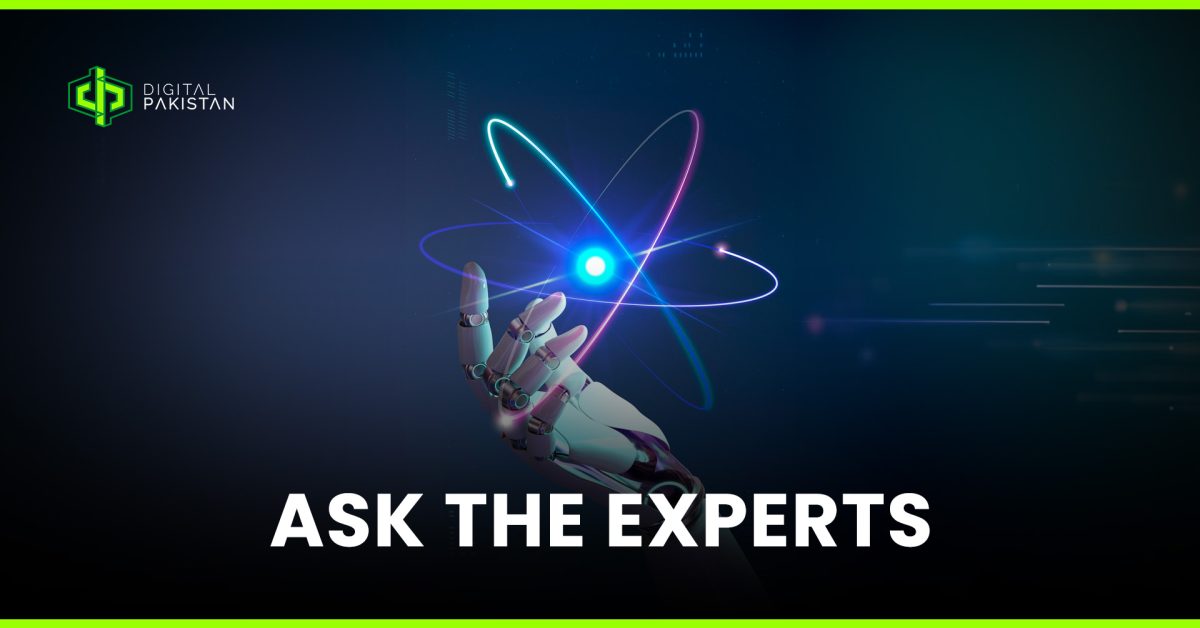
Google and Tech Valley Launch ‘Digital Sahafat’ for Pakistani Journalists
September 14, 2024
Tech Startups Succeed in Acquiring Funding
September 30, 2024Agentic AI: From Generative Models to Intelligent Agents
What if AI could do more than just respond to our prompts? What if it could make decisions, take actions, and complete tasks all on its own?
Generative AI has already amazed us with its ability to create—whether it’s writing an essay, composing music, or generating artwork. These models, like ChatGPT, transformed the landscape by learning from massive datasets and then using that knowledge to produce something new. But here’s the catch: they don’t have “agency.” They still need us to guide them. They need a prompt, an input. They’re smart, but they’re not independent.
Now imagine if these systems didn’t just wait for us to tell them what to do. Instead, they could figure out what needs to be done on their own and then do it—whether that’s managing our schedule, making purchases, or even troubleshooting problems before we know they exist.
Agentic AI promises to evolve from mere tools into autonomous agents with the ability to take initiative and make decisions.
How Generative AI Led to Agents
Generative models excel at content creation, but they lack autonomy. Think of them like really smart calculators—they can solve problems, but only if you give them something to work on.
This is where Large Language Models (LLMs) come in—they are the backbone of Agentic AI. One of the biggest strengths of LLMs is their ability to understand human language. Agents can leverage this skill since they will often interact with people.
LLMs have been trained on vast amounts of text, which gives them the capability to reason and solve problems while also maintaining context over long conversations. This capability enables agents to perform tasks involving multiple steps or interactions while remaining contextually aware. In addition to understanding language and context, LLMs can also be fine-tuned on specific datasets, making them highly adaptable. Agents can use this adaptability to refine their understanding and improve over time. For example, in personalized learning, an agent might use an LLM fine-tuned on educational data to understand a student’s progress and adjust the learning plan accordingly.
How Agentic AI Works
Let’s zoom out and look at the architecture of Agentic AI systems. At their core, these systems involve multiple agents working together, often powered by a central LLM.
In simple terms, agents are autonomous AI systems that can make decisions and take actions without needing constant human input. If generative AI is like a tool waiting for your instructions, agents are like digital workers who understand tasks, prioritize them, and execute them. Each agent specializes in different tasks, and the LLM provides the intelligence that allows them to coordinate and make decisions effectively.

Several agents communicate and collaborate to achieve a goal by forming a dynamic network that self-organizes based on the situation. This creates a powerful system where agents don’t just act independently—they collaborate to solve complex problems in real time.

Image Credit: AGENTS Paper
Use Cases of Agentic AI
The real magic of Agentic AI lies in its ability to perform real-world tasks autonomously. Here are some use cases that demonstrate the power of agents:
1. Healthcare Assistants: Imagine a system where agents not only help doctors analyze medical scans but also manage patient schedules, track medication inventories, and alert staff when a critical patient needs attention. An agent could autonomously recommend adjustments to treatment plans based on new research or patient history.
2. Personalized Learning: In education, agents can create customized learning experiences for students. They can monitor performance, identify weaknesses, and adjust the curriculum in real-time. For example, an agent might notice you’re struggling with a particular math concept and adjust your lessons accordingly while suggesting new resources.
3. Automated Financial Advising: Financial institutions could deploy agents to track market trends, manage investment portfolios, and even predict economic downturns. These agents would autonomously execute trades, generate reports, and provide personalized financial advice to users without human intervention.
4. Smart Cities: Agents can optimize urban infrastructure by managing traffic, energy distribution, and emergency response systems. For instance, an agent could autonomously adjust traffic lights and reroute vehicles during rush hour or after an accident, ensuring smooth traffic flow.
5. Customer Service Bots: In businesses, agents could manage customer interactions by autonomously handling complaints, offering solutions, and even upselling products based on customer behavior and preferences.
Limitations of the Current Agentic AI Landscape
While the idea of fully autonomous agents sounds amazing, the current landscape of Agentic AI still has a number of limitations:
1. Generalization Capabilities: Most agents today excel at narrow tasks but struggle with generalization. In other words, they are highly efficient at specific tasks (like processing a certain type of data or executing predefined actions), but they struggle when confronted with tasks that deviate from their training or require creativity and flexibility.
2. Ethics and Bias: Like all AI systems, agentic AI can inherit biases from its training data. The autonomy given to these agents can amplify these biases or lead to ethically questionable decisions if not carefully monitored. Ensuring ethical behavior in fully autonomous agents is an ongoing challenge, as real-world situations often present moral gray areas that are hard to codify into algorithms.
3. Reliability and Trust: For businesses and individuals to trust autonomous agents, these systems need to be highly reliable. Current agentic AI systems still face issues around trustworthiness, especially in high-stakes scenarios like healthcare or finance. Bugs or unpredictable behaviors in agents can lead to costly or dangerous outcomes.
4. Scalability: Scaling Agentic AI systems to handle more tasks, data, and users can be computationally expensive. Running multiple autonomous agents in parallel, each interacting with large datasets or complex environments, requires significant resources, including high compute power, memory, and efficient architecture design.
5. Contextual Understanding: While current agents are improving in terms of their language capabilities and task execution, they still struggle with deeper contextual understanding. For instance, an agent may misinterpret complex instructions or fail to grasp subtleties in user requests, limiting its effectiveness in more nuanced scenarios.
Conclusion
Agentic AI is a step toward truly autonomous systems that can handle not just repetitive tasks but complex decision-making processes. This opens doors to innovation across industries, from healthcare and finance to education and beyond.
The platforms available today give developers strong foundations for building agentic systems, but the landscape is still evolving. There’s tremendous potential for Agentic AI to revolutionize various industries, but we’re not quite at the point where agents can autonomously handle every situation with human-level understanding or decision-making. While limitations like generalization, scalability, and trust are still being worked on, active research is continuously advancing the field—ensuring Agentic AI’s rapid evolution.
About the writer: Dr. Usman Zia is an Assistant Professor at the School of Interdisciplinary Engineering and Sciences, National University of Sciences and Technology (NUST), Pakistan. His research interests are Natural Language Processing and Machine Learning. He has authored numerous publications on language generation and machine learning. As an AI enthusiast, he is actively involved in a number of projects related to generative AI and NLP.






